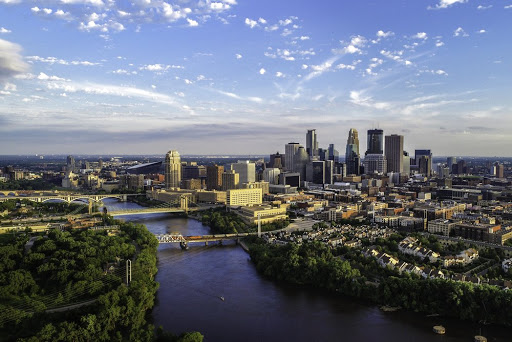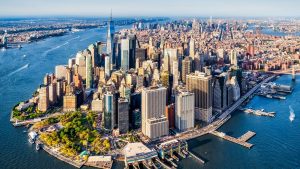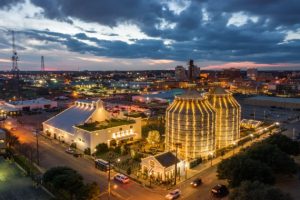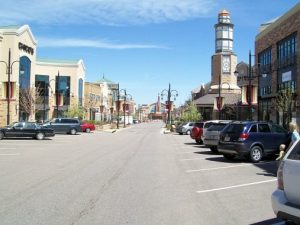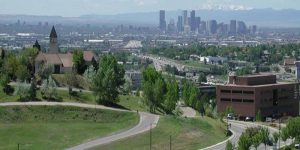United States : Safety by City
- Abilene
- Albany
- Albuquerque
- Anaheim
- Arlington
- Athens
- Atlanta
- Aurora
- Austin
- Bakersfield
- Baltimore
- Baton Rouge
- Bend
- Birmingham
- Boston
- Buffalo
- Charleston
- Charlotte
- Chattanooga
- Chesapeake
- Chicago
- Cincinnati
- Cleveland
- Colorado Springs
- Columbia
- Columbus
- Corpus Christi
- Dallas
- Dayton
- Denver
- Des Moines
- Detroit
- El Paso
- Fort Collins
- Fort Lauderdale
- Fort Myers
- Fort Wayne
- Fort Worth
- Fresno
- Gainesville
- Grand Rapids
- Greenville
- Hartford
- Honolulu
- Houston
- Indianapolis
- Irvine
- Irving
- Jackson
- Jacksonville
- Kansas City
- Knoxville
- Lakeland
- Laredo
- Las Vegas
- Lexington
- Little Rock
- Long Beach
- Los Angeles
- Louisville
- Lubbock
- Macon
- Memphis
- Mesa
- Miami
- Milwaukee
- Minneapolis
- Modesto
- Montgomery
- Nashville
- New Orleans
- New York City
- Newark
- Oakland
- Oklahoma City
- Omaha
- Orlando
- Oxnard
- Pensacola
- Philadelphia
- Phoenix
- Pittsburgh
- Portland
- Providence
- Raleigh
- Reno
- Richmond
- Riverside
- Rochester
- Sacramento
- Salt Lake City
- San Antonio
- San Bernardino
- San Diego
- San Francisco
- San Jose
- Savannah
- Seattle
- Sioux Falls
- Spokane
- St Louis
- St. Petersburg
- Syracuse
- Tallahassee
- Tampa
- Thornton
- Toledo
- Tucson
- Tulsa
- Tyler
- Virginia Beach
- Waco
- Washington DC
- Wichita
- Worcester
Minneapolis is the most populous city in the U.S. state of Minnesota and the seat of Hennepin County. Seven counties encompassing Minneapolis and its neighbor Saint Paul are known as the Twin Cities. In 2019, those counties are among sixteen making up the Minneapolis–St. Paul–Bloomington MN-WI metropolitan area of 3.6 million, and twenty-two making up the combined statistical area of 4.0 million — the sixteenth largest metropolitan area in the United States.
Warnings & Dangers in Minneapolis

OVERALL RISK : MEDIUM
Minneapolis is considered one of the safest cities in the region. The crime rate is low here. You should beware of the outskirts of the city and watch your belongings, especially during the holidays.

TRANSPORT & TAXIS RISK : LOW
Public transport is well-developed and safe. Taxis are convenient for getting around, but sometimes drivers can rip off tourists at exorbitant prices. Make sure the taxi has a taximeter.

PICKPOCKETS RISK : LOW
Pickpocketing is not common, but since Minneapolis is a popular tourist destination, this kind of thing happens here. Keep track of your belongings, do not leave your phone unattended, keep important documents in the hotel's safe.

NATURAL DISASTERS RISK : MEDIUM
The city is at risk of tornadoes, floods, hurricane winds, and earthquakes. It is necessary to study the weather conditions before traveling here.

MUGGING RISK : MEDIUM
The risk of serious robbery and armed attack in this city is low. Avoid communicating with suspicious individuals and do not walk late at night in areas remote from the city center.

TERRORISM RISK : LOW
The risk of terrorism is low in Minneapolis. The global risk of terrorist attacks in public areas exists worldwide, so tourists should be vigilant.

SCAMS RISK : MEDIUM
The most common scam in Minneapolis involves fundraising or signing petitions. Under the guise of good intentions, scammers are actually deceiving tourists and collecting donations in their pockets.

WOMEN TRAVELERS RISK : MEDIUM
Women traveling alone can feel quite safe in Minneapolis. The main thing is to adhere to the usual precautions and monitor your surroundings.
How Safe Is Minneapolis for Tourists?
Minneapolis is a relatively safe city to travel to.
The crime index here is at an average level.
The main problems are related to vandalism and petty theft.
Minneapolis, like any other city, has a few dangerous places and areas to avoid. Still, overall it is a city with one of the highest safety and quality of life ratings.
As with any big city, mind your own business and keep a close eye on your surroundings, and you will be fine.
The most dangerous areas in the city include Jordan, Willard Hay, the Middle North, Falwell, Cedar-Riverside, Phillips, and the northern Powderhorn neighborhoods.
All of these areas are traditional American “ghettos” and should be avoided by tourists.
Especially avoid Broadway Avenue west of the river and all points north up to Dowling Avenue.
Driving on Broadway between Penn Avenue and I-94 after dark is not recommended.
The part of the city to the north is much safer, but it is also best not to show up here at night.
Especially alone.
Downtown Minneapolis, Loring Park, and Loring Heights / Stevens have a bad reputation for drug trafficking and drug addiction on the streets, but tourists should have no problem wandering around these areas; but proceed with caution in Loring Park on Grant Street between Spruce Pl. and Nicolet Avenue;
The area is home to several projects and usually turns into a “ghetto” atmosphere after dark.
Do I Need a Visa to Visit Minneapolis?
The visa policy of the United States consists of the requirements for foreign nationals to travel to, enter, and remain in the United States. Visitors to the United States must obtain a visa from one of the U.S. diplomatic missions unless they come from one of the visa-exempt or Visa Waiver Program countries.
Which Currency Is Used in Minneapolis?
The United States dollar is the official currency of the United States and its territories. It divided it into 100 cents.
How's the Weather like in Minneapolis?
In Minneapolis, the summers are warm and wet; the winters are freezing, snowy, and windy, partly cloudy year-round. The best time to visit Minneapolis-St. Paul is from June to August.
What Do I Need to Know about Airports in Minneapolis?
Minneapolis–Saint Paul International Airport also less commonly known as Wold-Chamberlain Field, is a joint civil-military public use international airport. It is located in Fort Snelling Unorganized Territory, Minnesota, United States.
Should I Get Travel Insurance for My Travels?
A travel insurance policy is a must when visiting a foreign country or city. Make sure you got it before starting your journey; the customs officer may ask for it.
What Are Some Things to Do in Minneapolis?
Here you can run and bike or watch the Chain of Lakes, including the three most popular: Lake of the Islands, Bde Maka Ska, and Lake Harriet. In summer, you can explore the 3,700-year-old Trembling Marsh hiking trail or Eloise Butler’s wildflower garden and bird sanctuary.
Is the Water in Minneapolis Safe to Drink?
Minneapolis tap water customers can rest assured that their drinking water is safe.
Is Uber Safe in Minneapolis?
There is an Uber taxi in the city; you can call a taxi from your smartphone application. The fare will depend on the time of day and the distance traveled.
